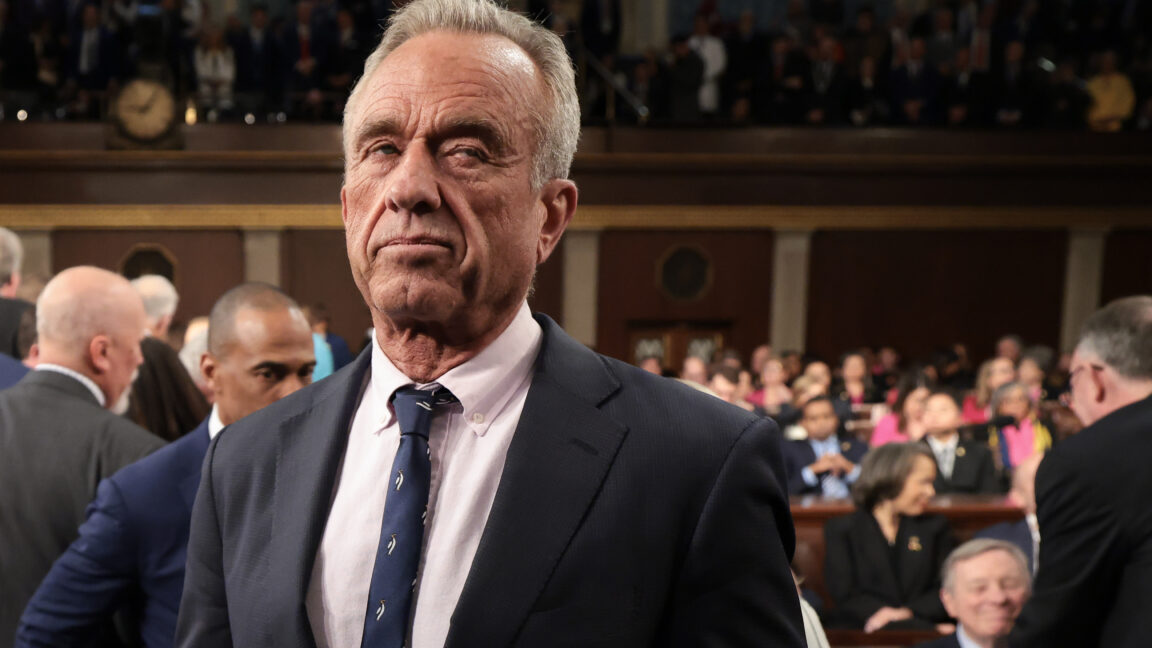
trump revives unpopular ted cruz plan to President Trump is considering an executive order that would require the federal government to file lawsuits against states with AI laws, and prevent states with AI laws from obtaining broadband funding.
trump revives unpopular ted cruz plan to
Overview of the Proposed Executive Order
The draft executive order, titled “Eliminating State Law Obstruction of National AI Policy,” aims to centralize the regulation of artificial intelligence (AI) at the federal level. This move is seen as a response to the growing patchwork of state laws that govern AI technologies, which the Trump administration argues could hinder national progress in AI development and deployment.
Key Provisions of the Draft Order
One of the central components of the draft order is the establishment of an AI Litigation Task Force. This task force would be tasked with challenging state-level AI regulations that the federal government deems unconstitutional or otherwise unlawful. The draft order outlines several specific grounds for these challenges:
- Unconstitutional Regulation of Interstate Commerce: The order suggests that state laws may interfere with the free flow of commerce across state lines, which is a fundamental principle protected by the U.S. Constitution.
- Preemption by Federal Regulations: The order asserts that existing federal regulations may take precedence over state laws, rendering them invalid.
- General Lawfulness: The Attorney General would have the discretion to challenge any state law that he or she deems unlawful.
Furthermore, the draft order emphasizes the need for a “minimally burdensome national standard” for AI regulation, arguing that a unified approach is essential for fostering innovation and ensuring that the United States remains competitive in the global AI landscape.
Context and Background
The push for federal oversight of AI comes amidst increasing concerns about the implications of AI technologies on privacy, security, and employment. Various states, particularly California and Colorado, have enacted their own regulations aimed at addressing these issues. For example, California has implemented strict data privacy laws that impact how AI systems can collect and use personal information. Colorado has introduced legislation focused on transparency and accountability in AI decision-making processes.
These state-level initiatives have garnered both support and criticism. Proponents argue that they are necessary to protect citizens from potential abuses of AI technology, while opponents contend that they create a confusing and inconsistent regulatory environment that could stifle innovation.
Implications of the Proposed Order
If enacted, the proposed executive order could have significant implications for the relationship between state and federal governments in the realm of technology regulation. The move to challenge state laws could lead to a series of legal battles, as states may resist federal intervention in their regulatory efforts. This could create a contentious atmosphere between state and federal authorities, particularly in states that have taken proactive measures to regulate AI.
Moreover, the order’s provision to withhold broadband funding from states with AI regulations could further exacerbate tensions. States that rely on federal funding for broadband infrastructure may find themselves in a difficult position, having to choose between adhering to federal mandates and implementing their own regulations aimed at protecting citizens.
Reactions from Stakeholders
The proposed executive order has elicited a range of reactions from various stakeholders, including technology companies, civil rights organizations, and state officials.
Technology Companies
Many technology companies have expressed concern over the potential for federal overreach in regulating AI. Some industry leaders argue that a one-size-fits-all approach may not adequately address the unique challenges posed by AI technologies in different sectors. They advocate for a collaborative approach that involves input from both federal and state governments, as well as industry stakeholders.
Civil Rights Organizations
Civil rights groups have raised alarms about the implications of a federal crackdown on state AI laws. They argue that state regulations often serve as a necessary check on potential abuses of AI technology, particularly in areas such as surveillance and discrimination. These organizations fear that federal intervention could undermine efforts to protect marginalized communities from the negative impacts of AI.
State Officials
State officials have voiced strong opposition to the proposed executive order. Many governors and state legislators argue that states should have the authority to regulate technologies that impact their residents. They contend that local governments are often better positioned to understand the specific needs and concerns of their communities, and that federal intervention could lead to a one-size-fits-all approach that fails to address local issues.
Potential Legal Challenges
Should the executive order be signed into law, it is likely to face significant legal challenges. Legal experts have pointed out that the constitutionality of such an order may be questioned, particularly regarding the extent of federal power over state regulations. The Tenth Amendment of the U.S. Constitution reserves powers not delegated to the federal government to the states, which could be a key argument in any legal battles that arise.
Additionally, states may argue that the federal government lacks the authority to dictate how they regulate technologies that impact their residents. This could lead to a protracted legal battle that may ultimately be decided by the Supreme Court.
Conclusion
The proposed executive order to challenge state AI laws represents a significant shift in the regulatory landscape for artificial intelligence in the United States. By seeking to centralize authority at the federal level, the Trump administration aims to create a unified framework for AI regulation. However, this approach raises important questions about the balance of power between state and federal governments, as well as the potential implications for innovation, civil rights, and local governance.
As the debate unfolds, it will be crucial for stakeholders to engage in meaningful dialogue to ensure that the regulation of AI technologies serves the best interests of all citizens while fostering innovation and protecting fundamental rights.
Source: Original report
Was this helpful?
Last Modified: November 21, 2025 at 12:36 am
2 views















